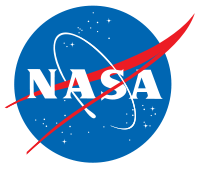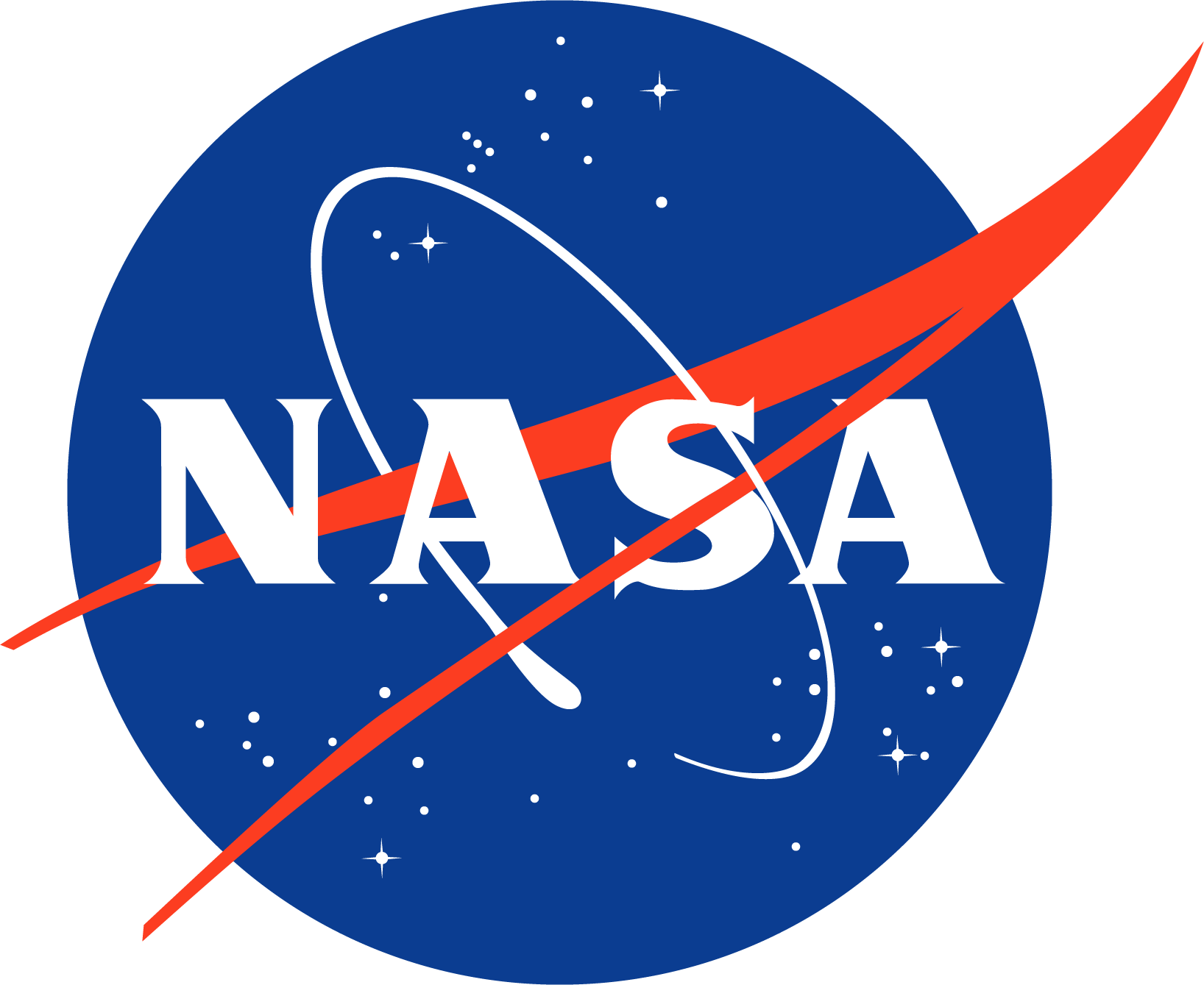Trace Gas Laser Sounder for Planetary and Earth Applications
Haris Risis leads this effort to develop active laser instrumentation that is capable of sensitive remote measurements of atmospheric trace gases from planetary orbit. Such laser-based instrumentation can provide
unprecedented information on planetary atmospheric
composition, chemistry and evolution. For example,
remote measurements of methane (CH4) and other
biogenic molecules (such as ethane and formaldehyde)
on Mars could provide seminal information in the search for possible existence of life on Mars. Measurement of CH4 at very low concentrations (<1 ppb) from orbit will dramatically improve the spatial resolution and sensitivity of the search for CH4 vents, which may indicate subsurface biogenic activity.
On Earth, several trace gases such as CH
4 and CO2 are strong greenhouse gases. Earth's atmospheric CO2 concentration is increasing rapidly, yet the locations and dynamics of the CO2 sinks are poorly understood. Measurement of greenhouse gas concentrations from orbit will help determine and monitor their global distributions, as well as the dynamics of their sources and sinks; these, in turn, will help us understand the changing processes in the Earth's atmosphere.
Our trace gas measurements make use of
Differential Absorption Lidar (DIAL), which measures
the absorption of the laser pulse by a molecule when
tuned to a wavelength, λ1, which is coincident with
an absorption line, relative to a laser pulse tuned to
a wavelength, λ2, which is slightly off the absorption
line. The wavelengths are alternated at kilohertz
rates, minimizing any potential changes from the
surface reflectivity and background. Our proposed
DIAL spectrometer will operate in the near-IR region
(3-4 μm) in a nadir viewing geometry, using the strong laser echoes from the surface.
This wavelength region is unique for these
applications. Current laser and detector technologies
have limited space lidar measurements to the short
IR (~1 μm) and visible wavelengths. However, most
molecules of biologic interest have relatively weak
absorptions in those regions but much stronger
absorptions at 3-4 μm. Therefore, lidar measurements
at 3-4 μm will have a significant detection sensitivity
advantage for measuring trace gases. Likewise, most
molecules of biogenic interest?such as methane,
ethane, water, formaldehyde?have strong absorption
spectra in the 3-4 μm range.
The instrument's operating parameter goals are:
1) sensitivity of <1 ppb in a 1 km path length; this
is possible because of the high spectral purity of
the laser transmitter and sensitive detector;
2) spatial resolution of ~0.1 x 5 km for high CH4
concentrations; and
3) global coverage and continuous measurements
in sunlight, darkness and at all latitudes
throughout the Martian year.
Although this work targets primarily CH4, there
is growing interest in the development of lidar that
uses the much stronger gas absorption lines in the
longer wavelength region to measure other trace
gas concentrations from space. The IR laser sounder
approach can be used to measure concentrations
of many trace gases for many planetary science
applications.
The trace gas detection effort has made significant
progress over the last year. The group has successfully
demonstrated CH4 and H2O detection in a gas cell (see
figure). We have also demonstrated the tunability of
the transmitter. Tuning can be achieved over a wide
range of wavelengths (3.1-3.6 μm) by choosing the
appropriate temperature and period of the crystal
(periodically poled lithium niobate) in the optical
parametric oscillator (OPO).
Key Staff
- Team Lead: James Abshire
- Team Lead: Haris Riris

